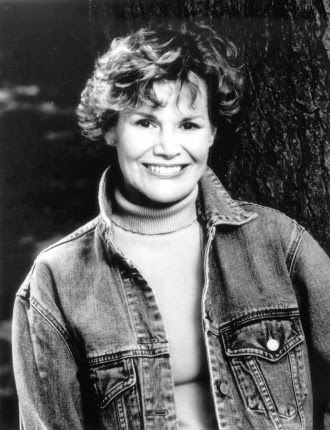
In 1949,
the Cold War had begun its first phase. Troops were coming home and women were losing
their factory jobs. The return of women into the homes was seen to Americans as
a defense against Communist rule; the perfect family was the ultimate “weapon”.
This was the year that Edith M. Stern’s essay was published in The American
Mercury, a magazine that portrayed the “elegantly irreverent observations of
America” and had published authors such as W.E.B Du Bois, William Faulkner,
Langston Hughes, F. Scott Fitzgerald and Sinclair Lewis. In her essay titled, “Women
are Household Slaves” Stern means to shed light on the life of a “typical”
housewife, the duties to which she must accomplish daily, and how the work she
provides to have her home run in an orderly fashion can be compared to slavery.
Some major points that Stern makes, are
that compared to the jobs held by men in an office or on an assembly line,
being a full time wife and mother has its challenges. Long hours, close to
fourteen hour days, and working at night, i.e. sick kids, sick husband, are the
norm. There are few “breaks”, or opportunities for “me time” due to the
harrowing task of caring for children. Being a housewife makes a job like being
a receptionist in an office appear downright leisurely. Not only are the hours
long and the tasks never ending- e.g. cooking, cleaning, doctors’ visits,
sewing and mending, laundry, tending to children, etc. there is no “pay”. Stern
compares the life of a housewife to a slave for these very reasons, and even
argues that being a housewife is even more
arduous and complicated.
The intended audience for this piece
appears to be the working male. She is appealing to the woman as well, and
finally so! I have no doubt that a wife and mother reading this article in 1949
would have found it understandable and compelling. Another major point Stern
addresses is that “the problem that has no name” (Friedan) has a lot to do with
the educated woman. The “gifted and educated women as housewives are unable to
utilize…education…for the common good.” This struggle was not unheard of, many
women straight out of college, sometimes right in the middle of their
education, found themselves married and expecting. This practically forced lifestyle left women
unable to feel satisfied with their lives. Stern’s purpose in writing this
essay was to reveal to the reader the genuine struggle that women as housewives
experience. Stern’s essay reveals a lot about the Feminist movement that was
starting to reemerge in 1949. The 1960’s
would reveal an entire upheaval for women, and job availability would become
more accessible. The Feminist Movement was, and still is, a serious crusade.
Especially at that it, it would come to affect women of color, men in the
workplace and of course, and the typical American housewife. Stern’s article truly sheds light on the
beliefs and attitudes that people, especially men, held of that time. She truly
is breaking down these beliefs one by one. The belief that the woman’s place is
in the home and that’s where she flourishes and can finally obtain true
satisfaction, despite the fact that during WW2 women took up the majority of
jobs and found the task of supporting their men, and their country to be a
fulfilling one. The general population’s attitude towards the duties of a
housewife are that of pomp and circumstance. The truth being that a housewife’s job is
never done, that the work is hard and strenuous. Stern’s essay focuses on a historical shift that
is occurring. Of course, this permutation in what the domestic “ideal” is doesn’t
reach full actuality until much later. Through the hardships of disbelief from
the opposite sex, or the wild connotations between feminism and “mental
disorders” that existed in 1949, we have persevered. Stern’s essay really reveals the issues with
which women were faced, and shed some light on the necessary liberation of
women. Thanks to people like Stern who recognized the difficulties of “everyday”
life for women of that era, and actually took action whether it be in peaceful
protest or writing a heartfelt article, we can look back “in-time” and see the
struggle and plight of women throughout the years. More importantly we can see
how far we’ve come and how much farther we have to go.
Read Stern's article
HERE!!!!!







































